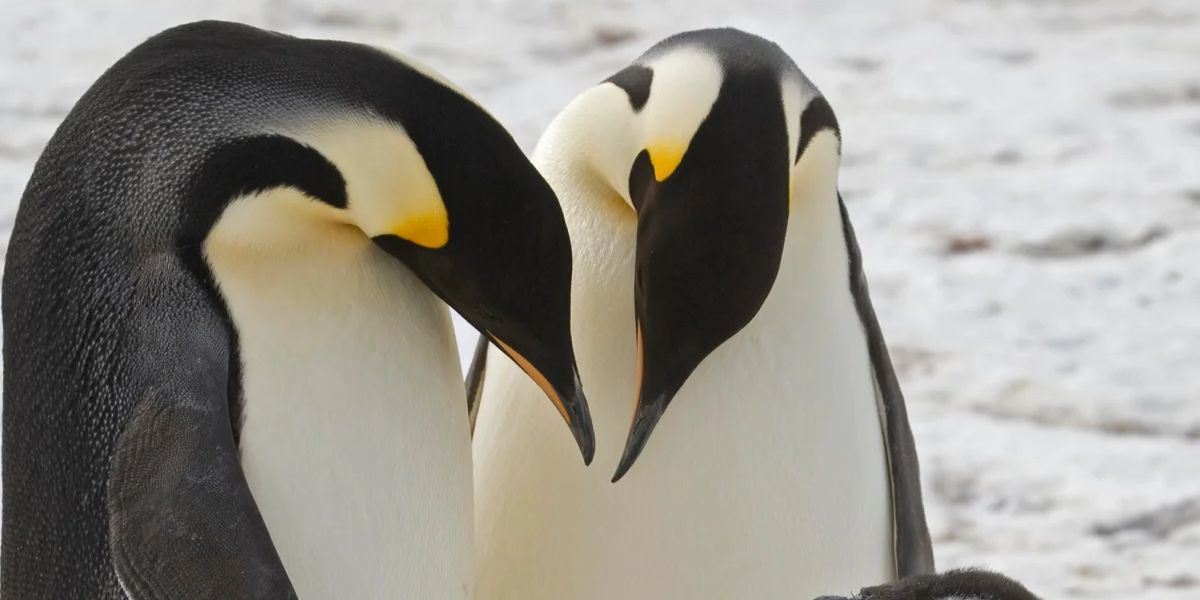London — While poop stains are rarely a cause for celebration, they have helped researchers uncover four new colonies of emperor penguins in Antarctica. The discovery, made using satellite imagery, provides a glimpse into the threatened species’ fight for survival in the face of climate change.
A British Antarctic Survey scientist, Peter Fretwell, used satellite images to spot the colonies through their guano (bird poop), visible as brown smudges against the vast, icy backdrop of the White Continent. These newly identified colonies had likely been around for years but were not discovered until Fretwell examined the images closely.
Climate Change Threatening Penguin Habitats
The newly discovered colonies bring the total number of emperor penguin colonies to 66, as reported in the journal Antarctic Science. However, the discovery comes with a grave warning. Climate change is pushing the penguins to adapt to shifting sea-ice conditions, putting their survival at risk.
“By the end of the century, we think that almost all emperor penguin colonies will no longer be viable,” Fretwell said in a telephone interview. “They’re not going to survive in the long run.”
Emperor penguins are classified as “near threatened,” with approximately 600,000 individuals remaining — a 50% decline over the past 50 years, according to the World Wildlife Fund.
Fretwell explained that although the new findings give researchers insight into where the colonies are located, they don’t alter the long-term prognosis for the species.
“The discoveries give us an idea of the distribution and where the colonies are, and that’s really, really important if we’re going to monitor how they adapt to climate change,” Fretwell added. “But it doesn’t change the big picture that much.”
Extreme Breeding Habits in a Changing Environment
Emperor penguins are the largest penguin species, often weighing around 90 pounds. However, they also have one of the most precious breeding practices on Earth. To ensure their chicks fledge, they breed during the coldest months of the year when temperatures can plunge to minus 50°F and winds reach speeds of 120 mph.
The male penguins incubate the eggs by balancing them on their feet, and the colonies, which can contain up to 5,000 penguins, huddle together to stay warm.
“We spend all this time monitoring these animals and seeing if they can adapt to climate change, but really, in the end, it’s not the penguins that need to adapt, it’s us,” Fretwell said. “We need to stop our addiction to fossil fuels — not just for penguins, but for all species, even ourselves.”
However, the sea ice where these penguins breed is rapidly melting. Last year, it reached its lowest maximum since records began in 1979. Scientists fear the decline is now irreversible, with some colonies failing to breed due to the disappearing sea ice.
In 2022, Fretwell reported a “total breeding failure” in most breeding sites, leaving the young penguins to fall into the water and die when the ice broke apart.
Uncertain Future for Penguin Colonies
The newly discovered colonies are relatively small, and many of the penguins appear to have migrated due to unstable sea-ice conditions. Fretwell noted that once a colony fails, the penguins are forced to move to other areas.
“When the colonies fail, they will move to other areas,” Fretwell told NBC News.
Despite the discoveries, experts agree that these new colonies do not alter the grim future facing emperor penguins as they continue to struggle against the impacts of climate change.




